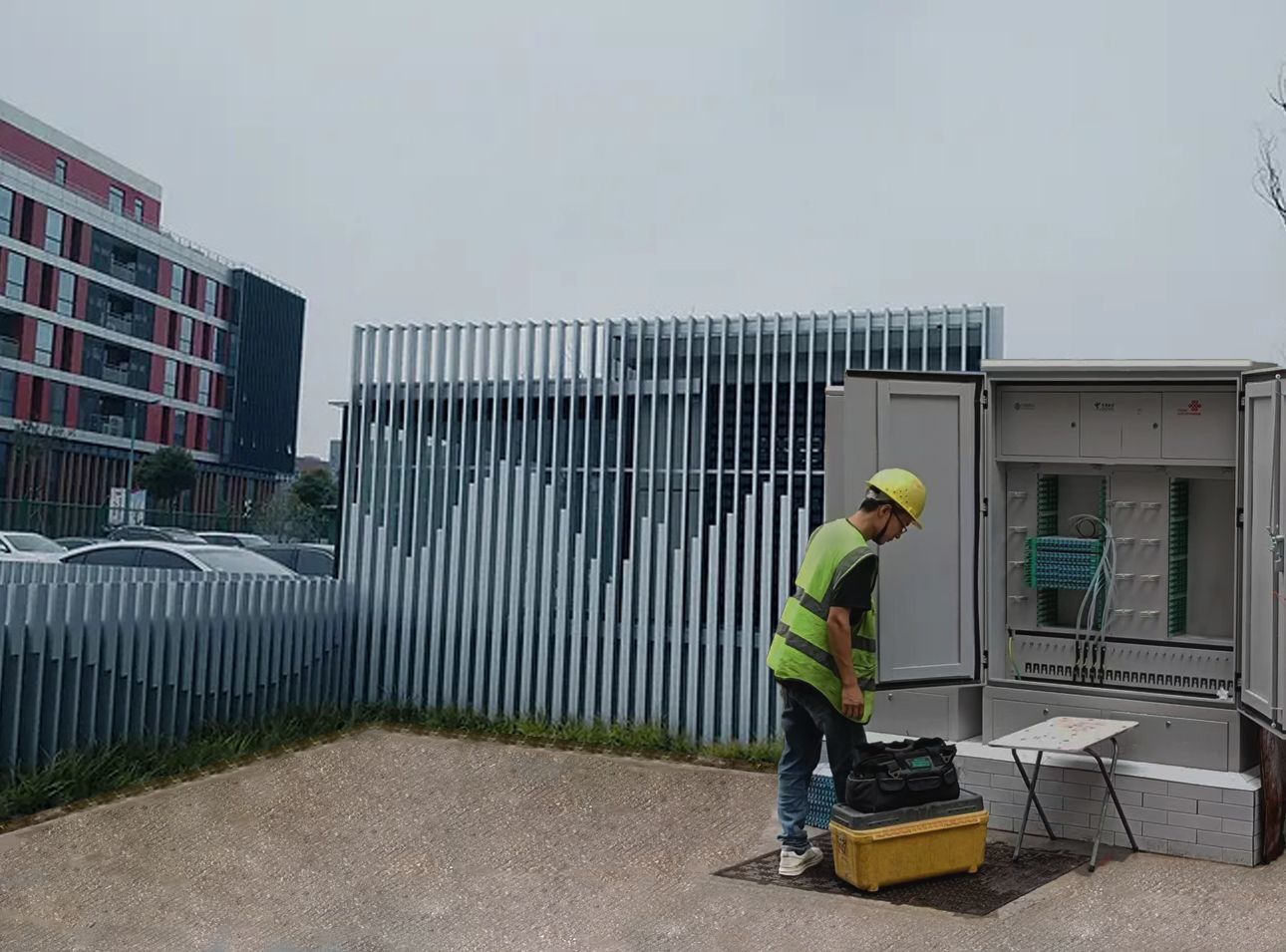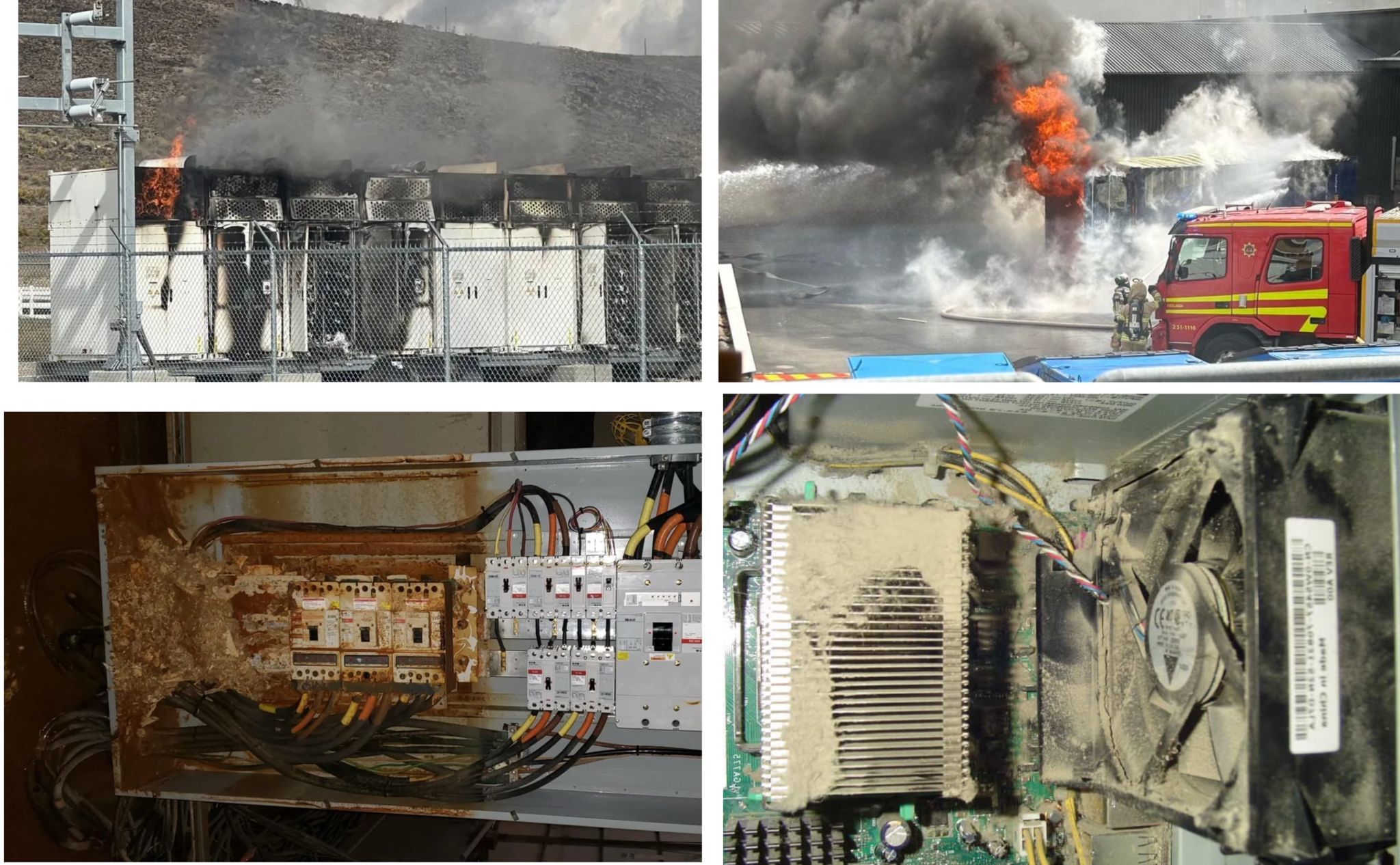Unraveling the Mystery of Outdoor energy equipment Malfunctions
2024-10
The images captured from a street in a southern Chinese city poignantly illustrate the aftermath of Typhoon Yagi, a devastating Category 17 storm that struck last week.
The scenes show maintenance workers diligently inspecting and repairing telecommunications cabinets and power distribution boxes, evidence of the storm's wrath. Alarmingly, within these vital infrastructure units, waterlogged wires and accompanied by stray leaves and debris. This underscores a crucial lesson: the vents, the sole gateway for external contaminants, have proven to be a vulnerable point of entry.
Neglecting vent protection can lead to costly damage and disruptions, emphasizing the paramount importance of safeguarding these openings against the elements to ensure the smooth functioning of our critical urban infrastructure.


Unraveling the Mystery of Outdoor Power Station Malfunctions
Your trusty outdoor power station, a beacon of energy in the wild, can face a hidden peril: the silent invasion of rain and dust. Over time, raindrops sneak in, rusting metal parts and weakening circuitry. Dust, too, accumulates, choking off vital airflow.
Think of it like a superhero's suit getting clogged with debris—it loses its power to perform. Energy devices thrive in safety and stability, with ventilation as their lifeline. A well-ventilated system keeps cool, preventing overheating and extending component life.
Protecting this ventilation cycle is key. It's like giving your power station a breath of fresh air, ensuring it stays strong for years to come. Neglect it, and you'll face costly repairs or early replacements.
So, next time you pack up for adventure, remember: keep your power station's vents clear and dry. It's the smartest way to save on maintenance and keep the fun rolling!

Previous page
Related News








